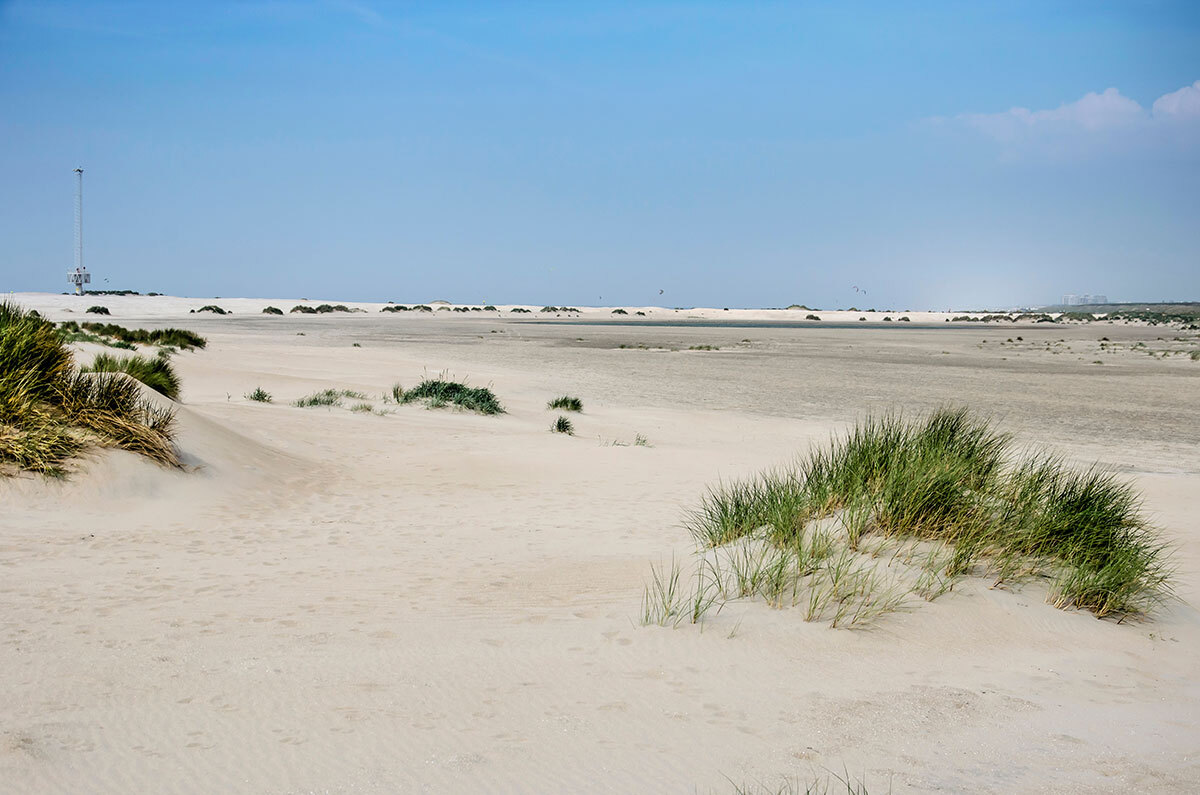
Issue
Due to rapid changes in energy demand and climate conditions, there is a pressing need to achieve decarbonization with sustainable energy resources
Solution
Sustainable forest management, an NbS, helps provide various ecosystem services as well as achieve a carbon neutral society
Burgeoning energy demand and an NbS: case study from Austria
Until the early 2000s, energy demand was dominantly met by traditional fossil fuels; however, to meet the global target for a decarbonized society, countries need to change their energy consumption patterns. Nations are looking for locally available solutions which can be sustainable. Austria is leading in this effort owing to its large forest cover. Forest covers almost 50% of Austria and is an integral part of the country’s landscape, culture, and socio-economic characteristics. It provides various ecosystem services (valuable raw materials of wood, protection against natural hazards, cultural and recreation services, livelihood, job creation, revenue generation, etc.) and is also a vital source of bioenergy for people. In order to meet the needs of a decarbonized society, bioenergy has been promoted by introducing inclusive policy reforms that give more ownership to the local people. These policy reforms and strategies not only helped to meet the additional demands for generating bioenergy, but also helped to maintain or even increase forest cover as well as increase the income of forest landowners (a win-win situation for all stakeholders).
The Austrian Forest Strategy 2020 was designed to not only help manage multifunctional services provided by forests but to also maintain a sustainable socio-cultural-economic environment for current and future generations. Austria has placed extra effort into boosting the bioenergy sector, including wood pellets, bioethanol, and biodiesel. In addition, modern technologies have been introduced to the wood processing, pulp, paper, and print industries, which have proven to be key drivers for the Austrian economy. These changes mean that about 12% of domestic primary bioenergy supply is based on black liquor combustion. Indirect bioenergy imports also play an important role, e.g., timber that is imported for material purposes also has a fraction that ends up being used for bioenergy. On the other hand, sawn wood, panel board, and paper products are exported in significant amounts, some of which end up in waste incineration plants outside of Austria at the end of their lifetime, resulting in a win-win situation for better forest resource management from cradle to grave.
Several Austrian companies and the research community are inventing and utilizing modern technologies. For example, bioenergy technologies to create low emission biomass combustion for heat and electricity production; fermentation and gasification technologies for the production of “green gas” (biomethane); renewable hydrogen production technologies; sector coupling (power-to-gas, power-to-liquid, power-to-heat, and wind-to-hydrogen); process engineering; system analysis; regulation and control systems for integrating variable energy sources; and digital and smart energy systems.
To support this development, the Austrian government has used the following holistic approach. First, a financial budget is set, including improving logistic chains and infrastructure, buying machines and equipment, and preparing better forest operational plans. Second, the use of bioenergy in different sectors is promoted through public awareness, including highlighting its suitability to meet greenhouse gas emission goals, and emphasizing its potential to generate additional revenue for forest landowners by creating a market for unsaleable forest assortments and creating additional customers for specific assortments. Although timber is an excellent raw material for bioenergy, organic products and farm residues from rural areas could also be included to enhance bioenergy production. Third, better forest related business projects are designed with higher incentives to manage the forest cover so that costly thinning operations can be done at critical stages (this also leads to an increase in forest cover and forest biomass, and a reduction in areas for overaged trees and unstable stands).
To maintain a healthy forest cover, the Austrian government has opted for three solutions: i) economic limitation (harvesting activities are limited to areas where a positive forest coverage ratio has been observed, in other words counterproductive incentives and subsidies for utilizing forest products are identified and phased out); ii) ecological limitation (landowners are committed to the strict observance of all restrictions set by the legislation for forestry and nature conservation to protect the green forest cover required for bioenergy); and iii) nutrient sustainability (to maintain the adequate amount of nutrients throughout the whole rotation period).
Austria’s performance in the energy sector looks very promising. In 2015 33% of gross energy consumption was met by forest-sourced bioenergy compared to 6% in 2006. With this excellent performance, Austria is only behind Latvia, Finland, and Sweden (among EU countries).
Related Information
- Federal Ministry Republic of Austria Sustainability and Tourism (2019) Integrated national energy and climate plans for Austria. 2021–2030, pp. 268.
- Federal Ministry Republic of Austria Sustainability and Tourism (2019) Long-term strategy 2050 -Austria. Period through to 2050. Vienna, Austria, pp. 128.
- Frédéric Simon, EURACTIV.com, Bioenergy, forestry sectors jump on EU’s green finance bandwagon
- IEA Bioenergy. (2018). Austria-2018 update. Bioenergy policies and status of implementation. Country report, pp.10.




